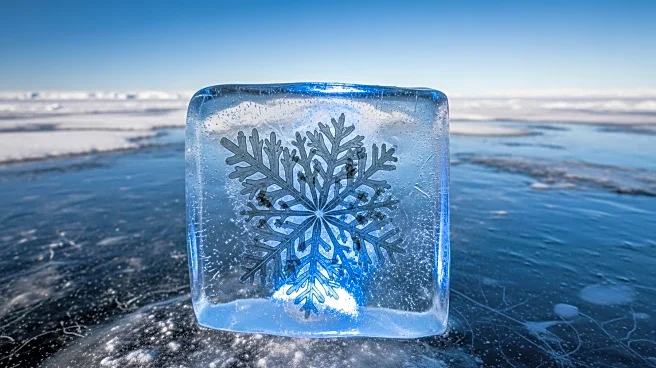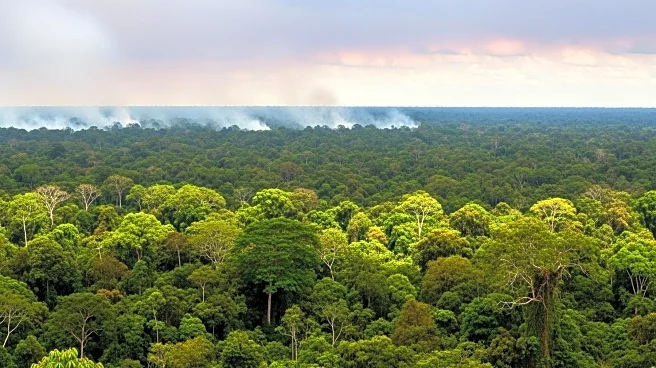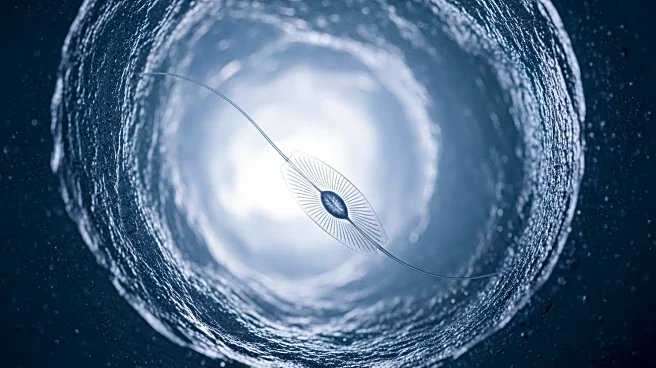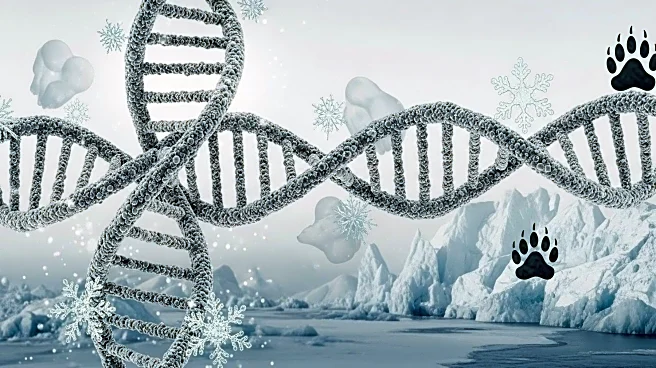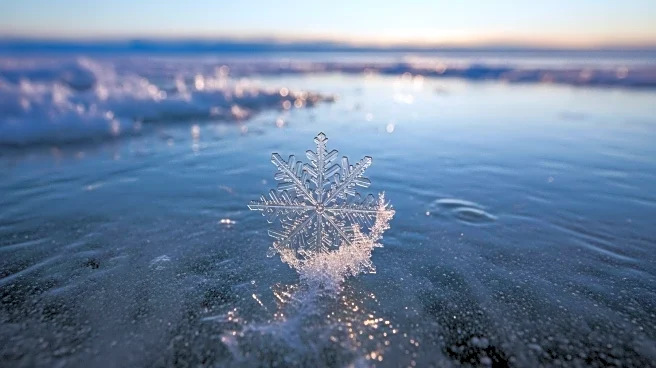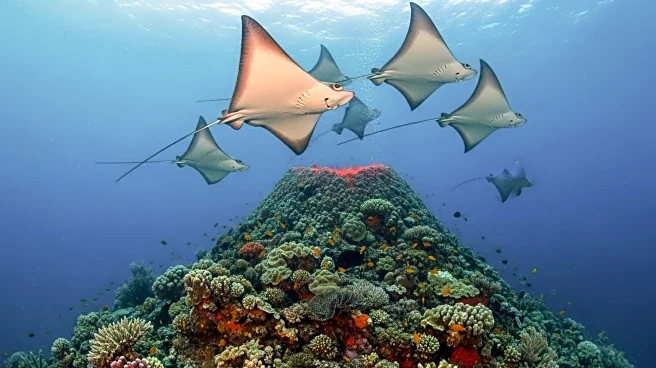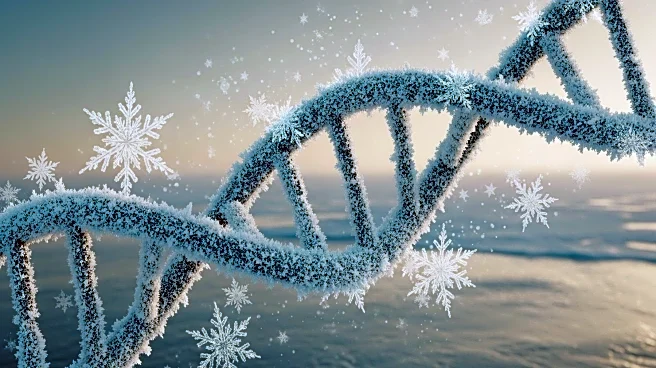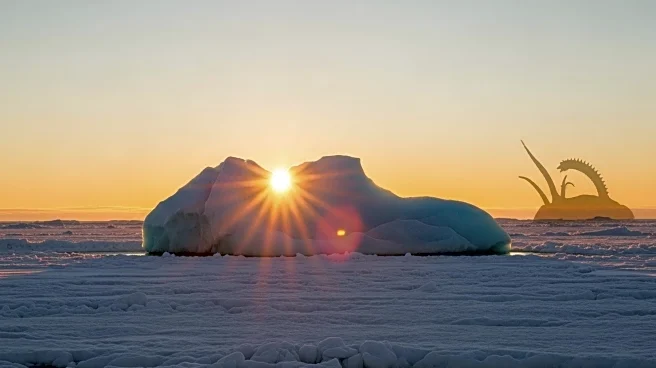What is the story about?
What's Happening?
A team of researchers from Stanford University has discovered that algae in the Arctic ice are not dormant during the winter months, as previously believed. The study, led by Manu Prakash and Qing Zhang, found that diatoms, a type of algae, are actively moving through microscopic channels in the ice at temperatures as low as -15°C. This movement is facilitated by the secretion of a sticky mucilage that allows the algae to cling to surfaces, combined with actin and myosin proteins that propel the cells forward. The research was conducted aboard the ice-breaking vessel Sikuliaq during a 45-day expedition in the Chukchi Sea in summer 2023, with findings published in the Proceedings of the National Academy of Sciences.
Why It's Important?
This discovery challenges the long-held assumption that Arctic algae remain inactive during the winter months, waiting for the ice to melt in spring. The active movement of diatoms suggests they play a continuous role in Arctic ecosystems, contributing to nutrient recycling and food chain dynamics year-round. This could have implications for understanding sea ice melt and freezing processes, as well as the broader ecological impact of algae in polar regions. The ability of these organisms to thrive in extreme cold conditions highlights their specialized adaptations and potential influence on Arctic environmental systems.
What's Next?
Further research may focus on the ecological roles of diatoms in Arctic systems, particularly their impact on nutrient cycles and food chains. Scientists might explore how these algae contribute to sea ice dynamics and the potential effects of climate change on their activity. The findings could lead to new insights into polar ecosystems and inform strategies for monitoring and managing Arctic environments.
Beyond the Headlines
The discovery of active algae movement in Arctic ice raises questions about the resilience and adaptability of life in extreme environments. It underscores the complexity of polar ecosystems and the potential for undiscovered biological processes that could influence global climate patterns. The study may prompt a reevaluation of how scientists understand life in frozen habitats and inspire further exploration of microbial activity in other extreme conditions.
AI Generated Content
Do you find this article useful?
